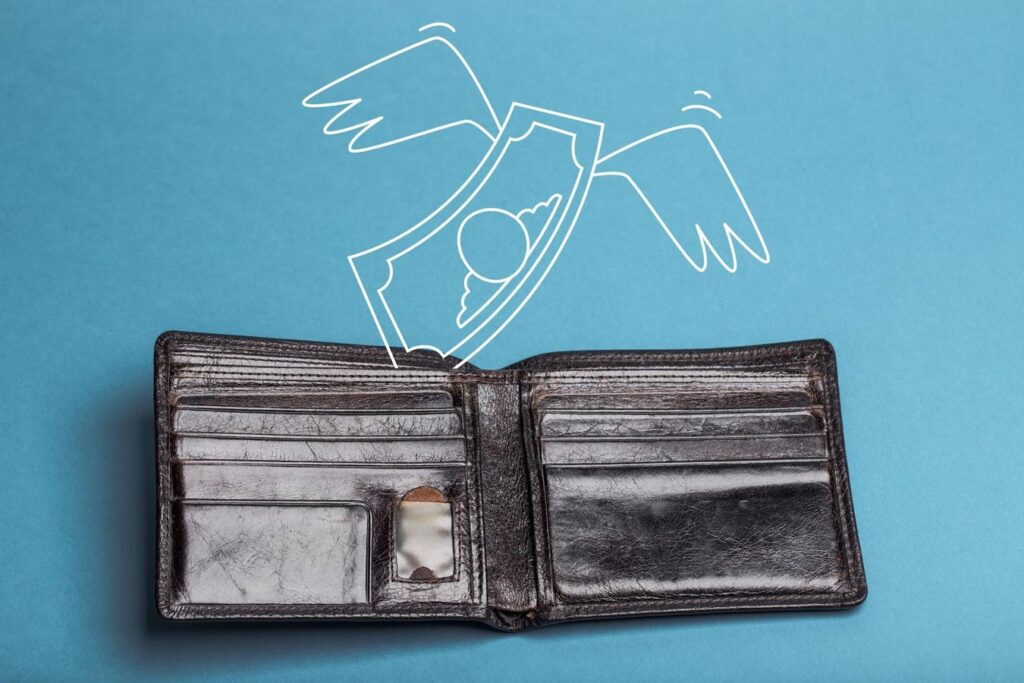The Rise of Consumer Credit Delinquencies
Recent data from the Federal Reserve Bank of New York reveals a troubling trend in credit card delinquencies, particularly among young adults. Americans collectively owe an estimated $1.12 trillion in credit card debt, with 8.9% of credit balances falling into delinquency over the past year. However, a more significant concern is the emergence of approximately $46 billion in “phantom debt” generated by Buy Now, Pay Later (BNPL) schemes, a major factor behind the rising delinquency rates.
Industry leaders have been worried about the issue of phantom debt for some time now, and advocating for stricter regulation. This substantial risk, largely arising from BNPL transactions, often goes unreported, imposing a significant but unnoticed financial burden on consumers. This hidden debt makes it easier for consumers to make purchases without fully grasping the implications, especially as many young consumers don’t realize that BNPL agreements represent new debt or understand their impact on their future financial health. Automatic withdrawals by BNPL providers from consumers’ bank accounts or debit cards can deplete funds needed for other financial obligations, such as credit card payments, leading to higher delinquency rates.
In an economy marked by rising inflation and interest rates, these financial pressures are intensifying. The current economic climate has prompted banks to tighten their lending criteria, compounding the challenges consumers face. As mortgage rates surge—recently topping 7% due to the steady rise in the 10-year Treasury yield—the disparity in borrowing costs based on credit scores and geographical locations widens, further complicating the financial landscape. With one in seven Gen Z consumers already maxing out their credit cards, the demand for improved financial literacy and stronger consumer protections is greater than ever.
Regulatory Response to BNPL Industry
The Consumer Financial Protection Bureau (CFPB) has issued a new interpretive rule in response to these challenges. This rule redefines BNPL lenders as comparable to credit card providers. The goal is to extend similar protections to consumers, ensuring better management of BNPL operations and alignment with traditional credit card industry standards.
Here are three takeaways from the new CFPB rule:
- Clarification of BNPL as Credit: The CFPB classifies BNPL services similar to traditional credit card offerings, aligning them under similar regulatory frameworks.
- Consumer Rights on Disputes and Refunds: Consumers have the right to dispute charges and seek refunds for returned products or canceled services, similar to credit card transactions.
- Obligations for BNPL Lenders: BNPL providers must now investigate disputes diligently and pause any payment collections during this period. They are also required to provide periodic billing statements to users, enhancing transparency and accountability.
As the market evolves, credit card-linked installment plans are becoming increasingly popular for large purchases. They provide a safer and more sustainable way to spread out payments, particularly appealing to higher-income consumers that want to buy more with 0% card-linked installments. These plans use existing credit lines issued by card issuers, avoiding the need for new loans and reducing the risks of additional debt with very high APR’s.
The intersection of credit card debt and BNPL phantom debt is creating significant pressure on vulnerable Gen Z consumers. Regulatory actions by agencies like the CFPB and the shift toward more transparent card-linked installments are pivotal in steering the future of consumer credit towards greater stability and trust. As this industry evolves, it’s essential for all stakeholders to understand the nuances of different credit types and their impact on personal financial health.
Read the full article here


